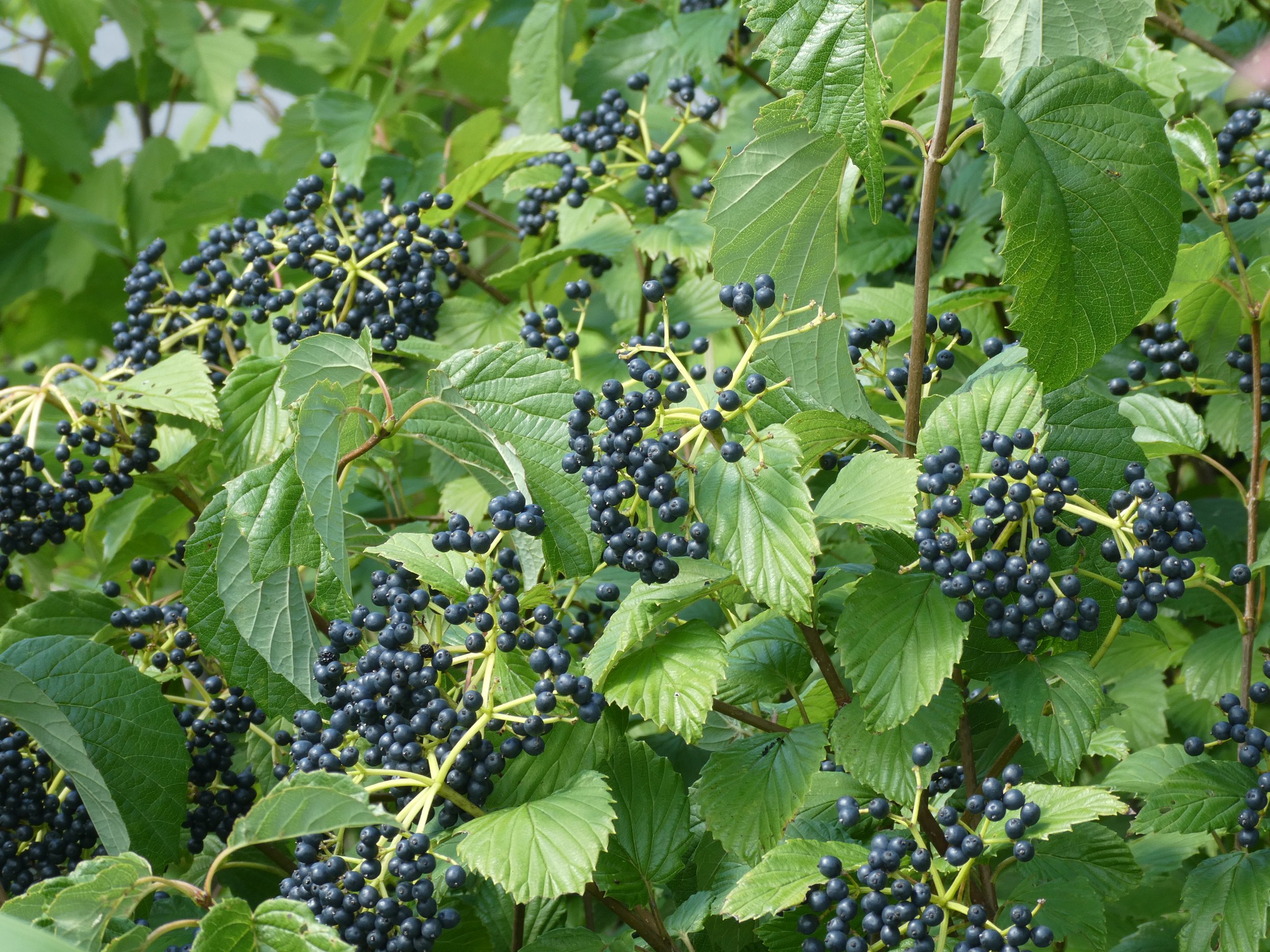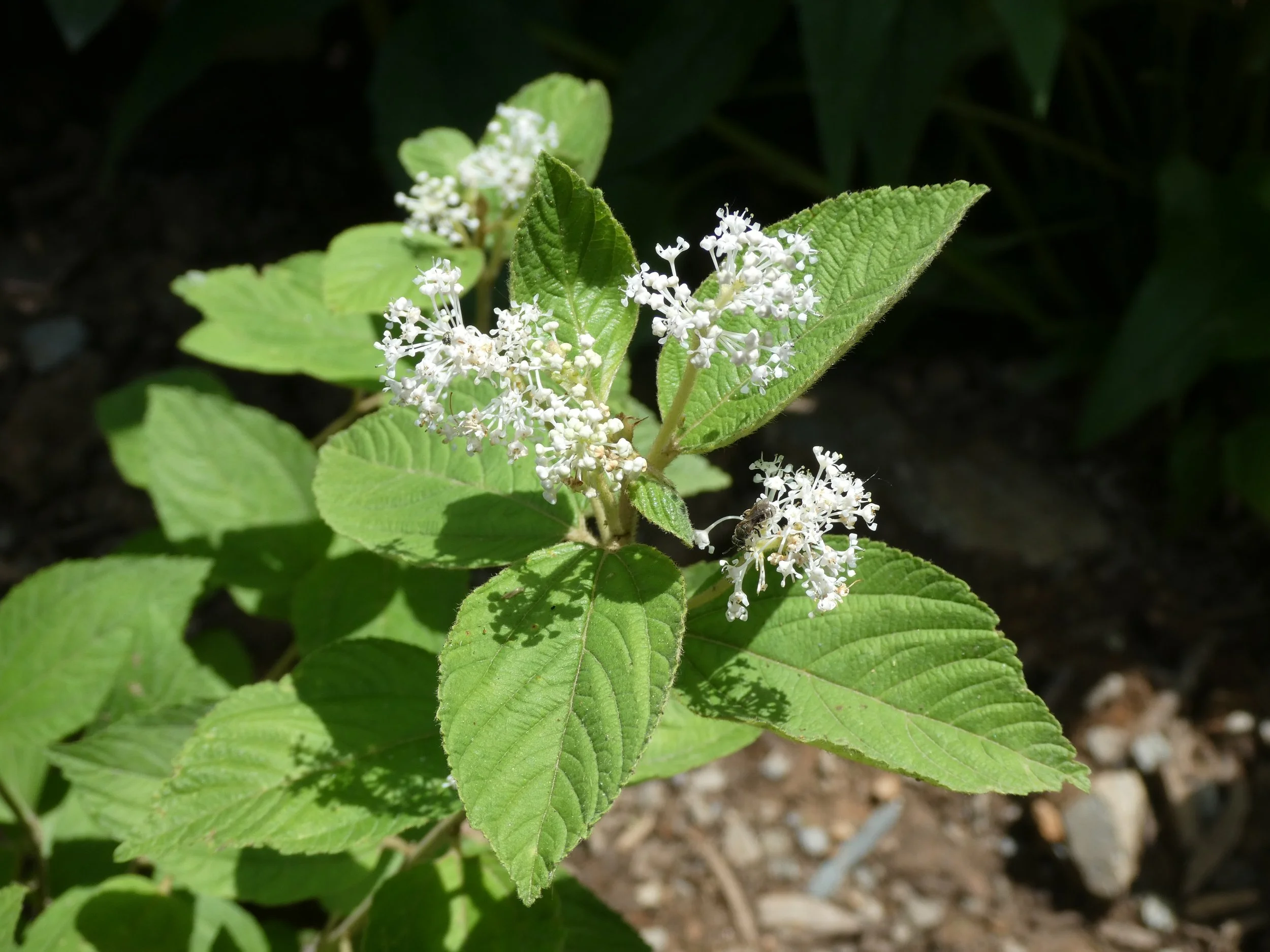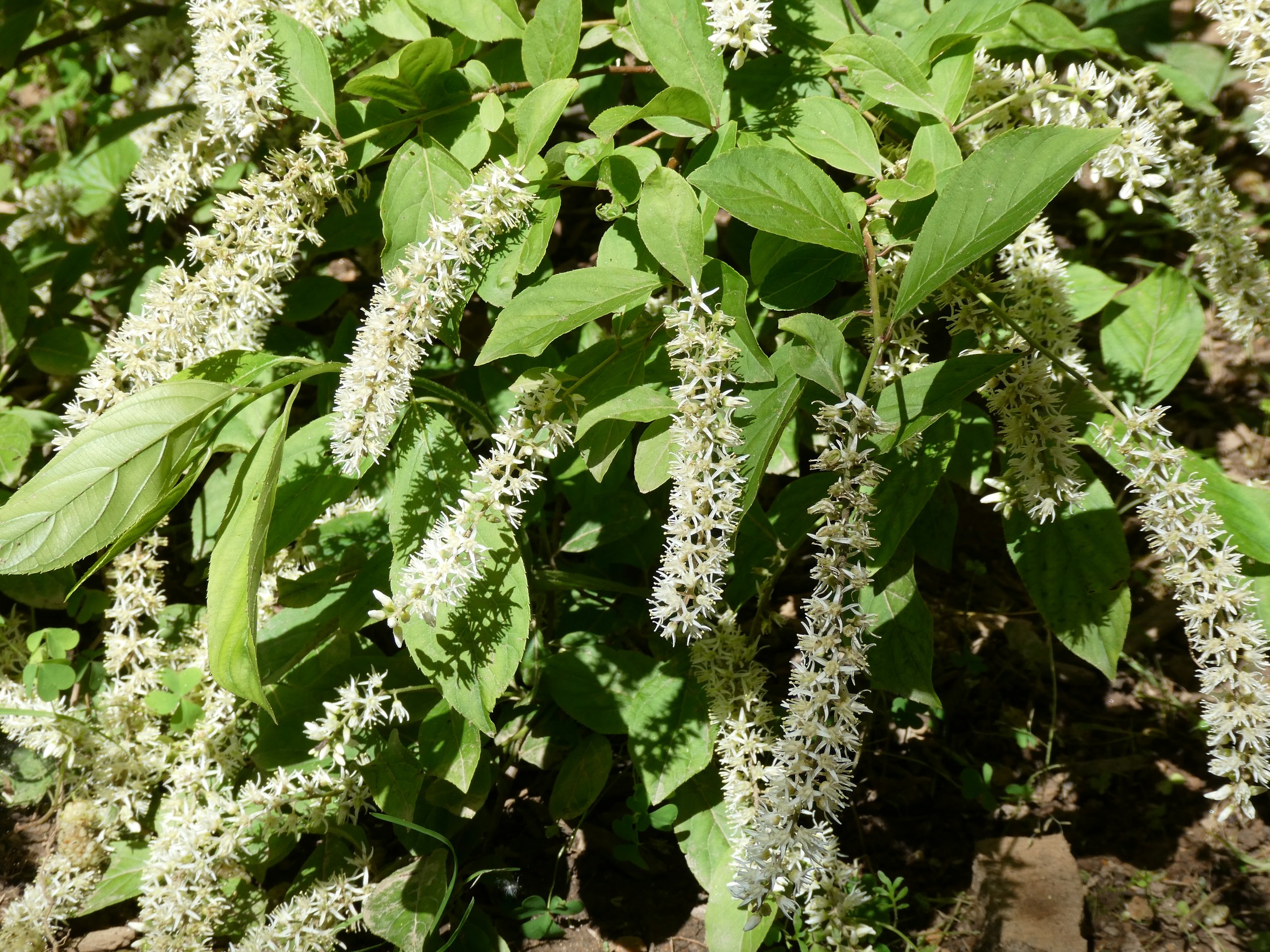Mapleleaf Viburnum
(Viburnum acerifolium)
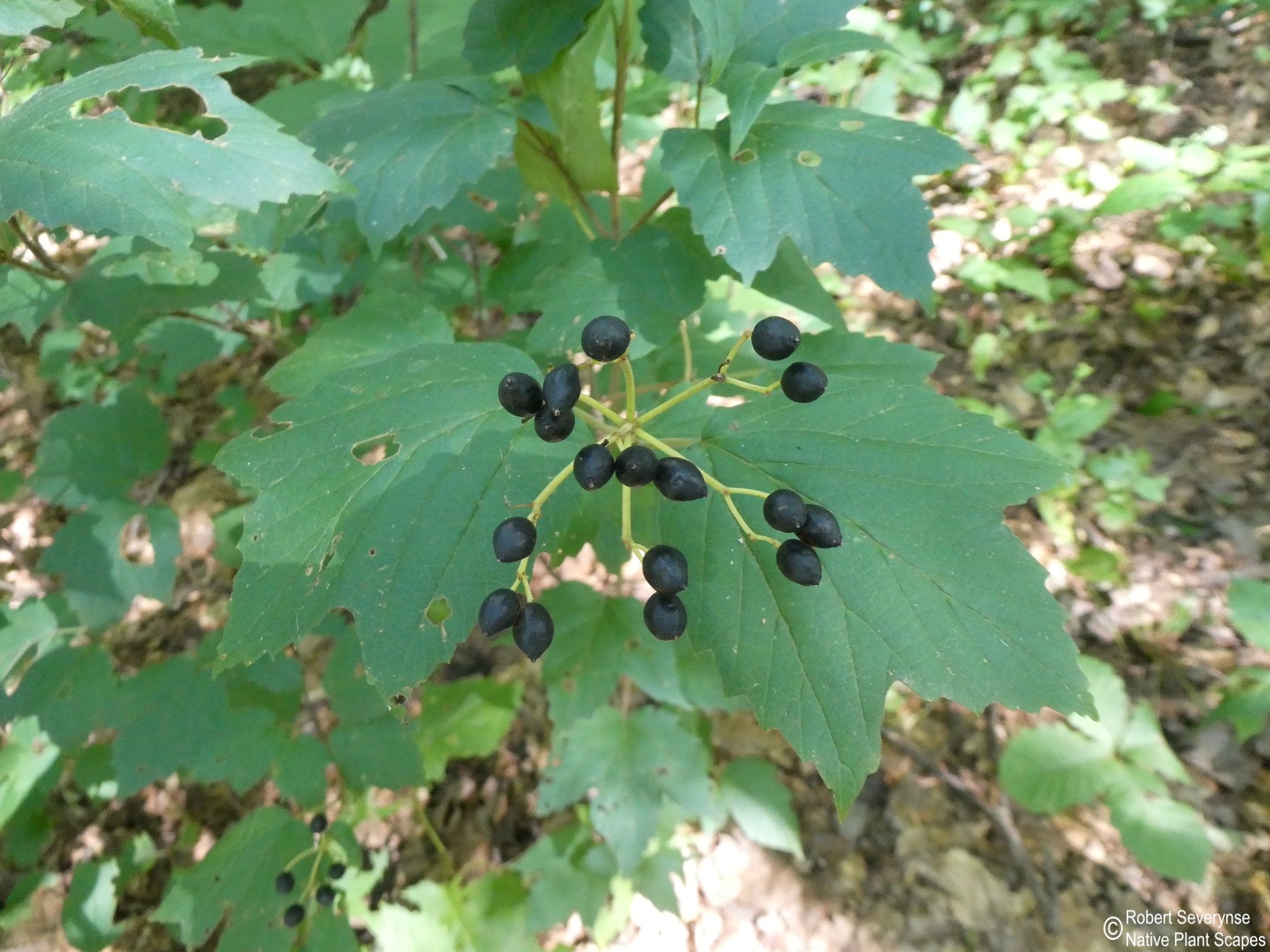
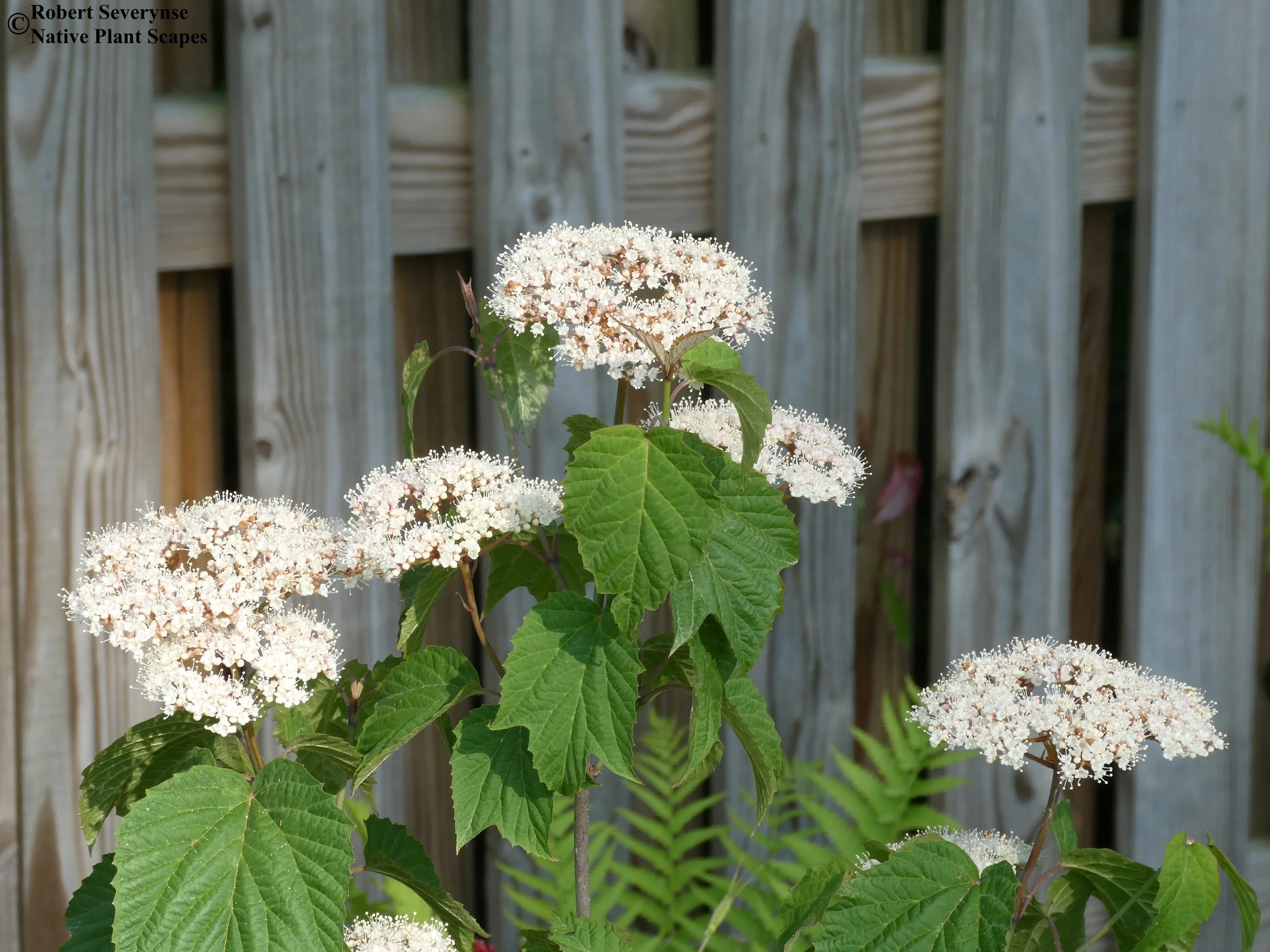
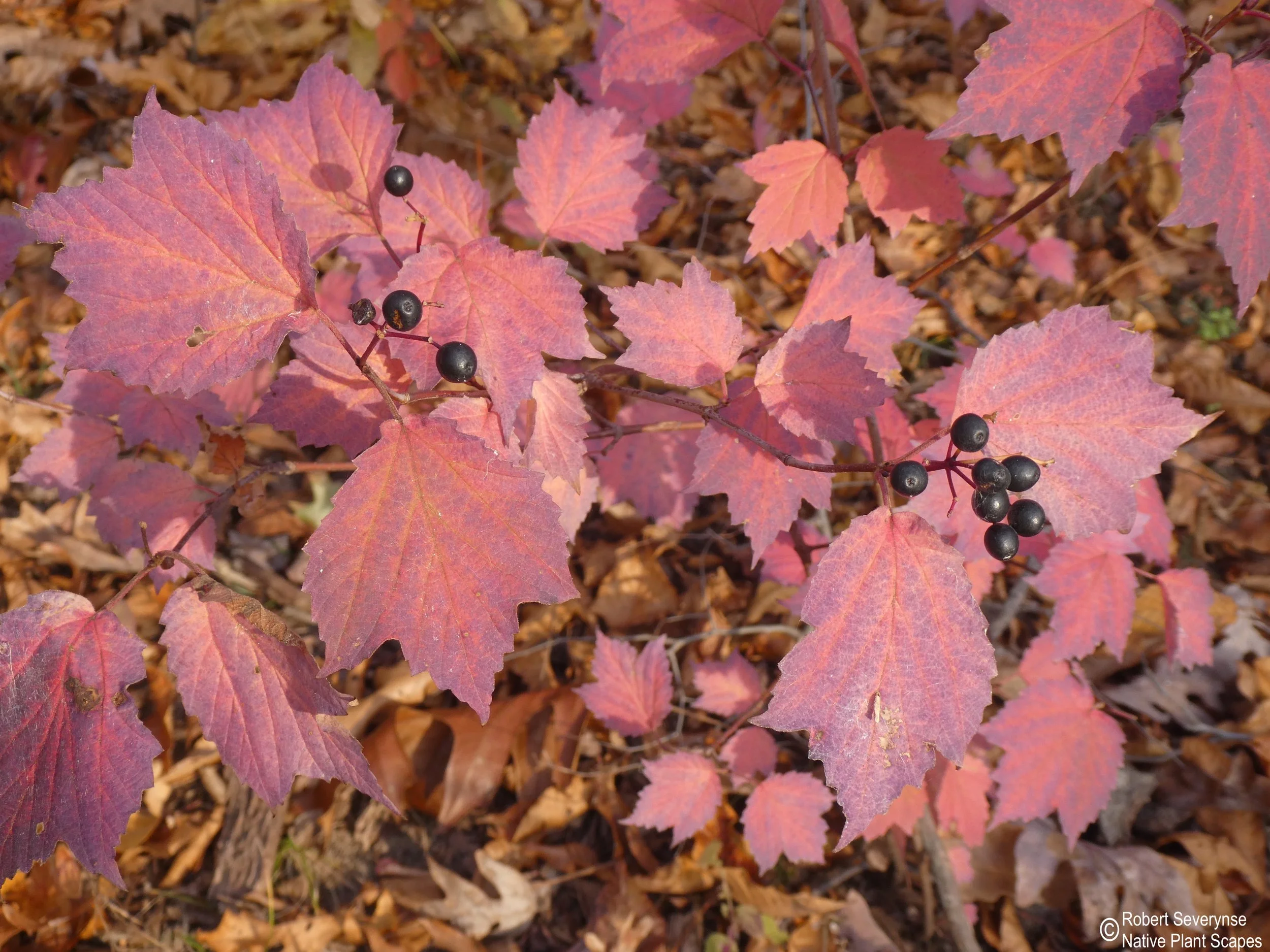
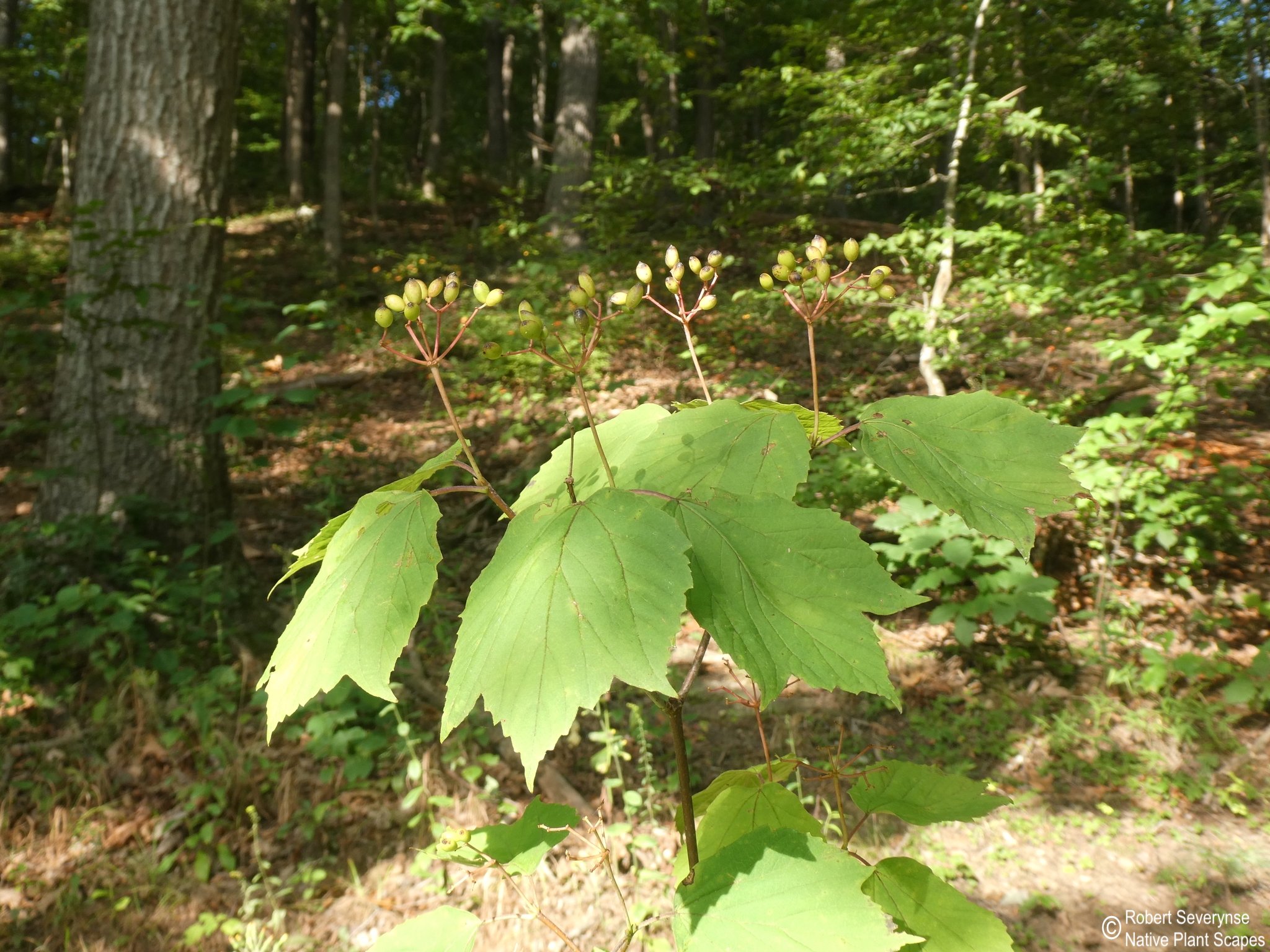

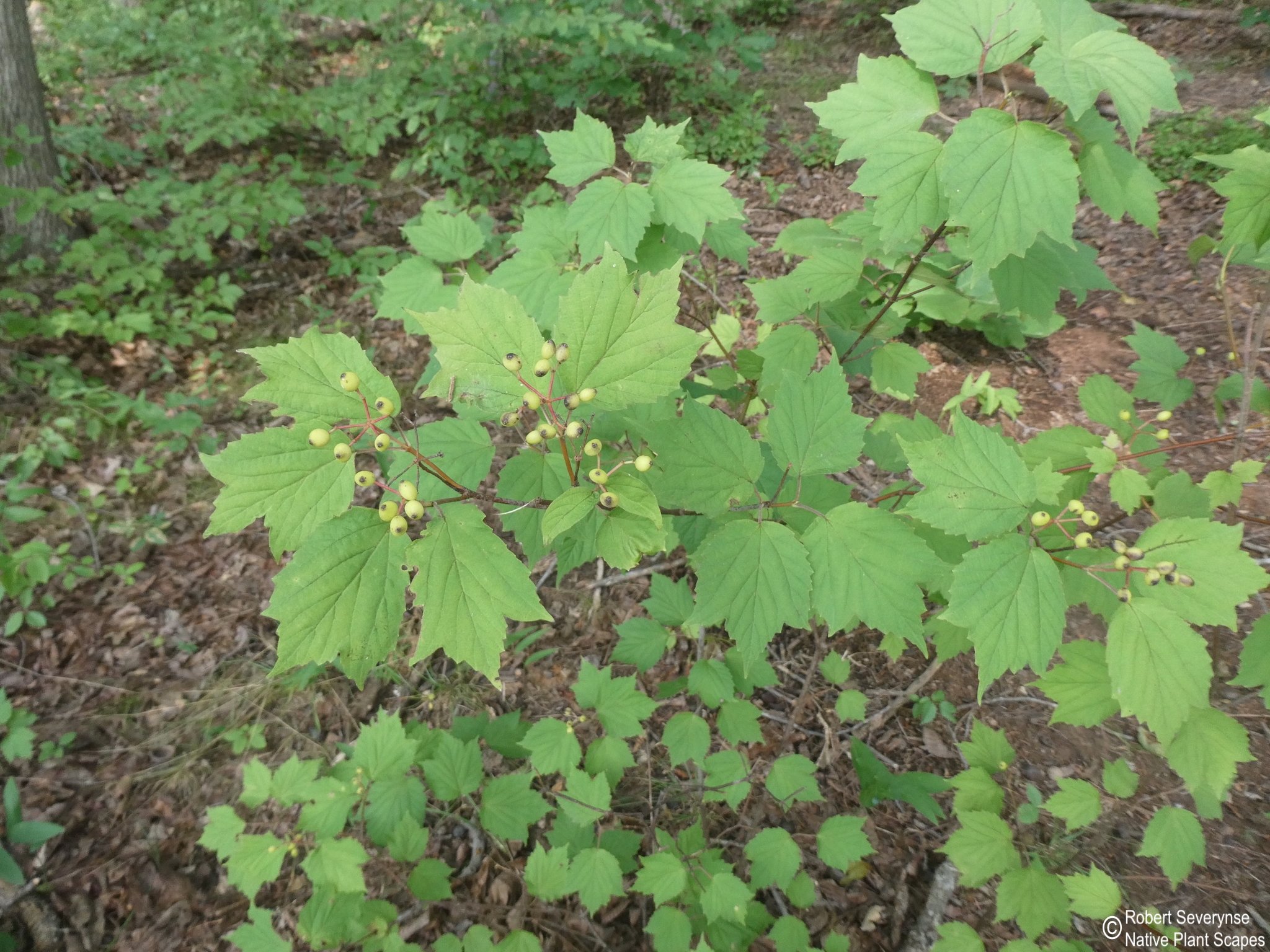
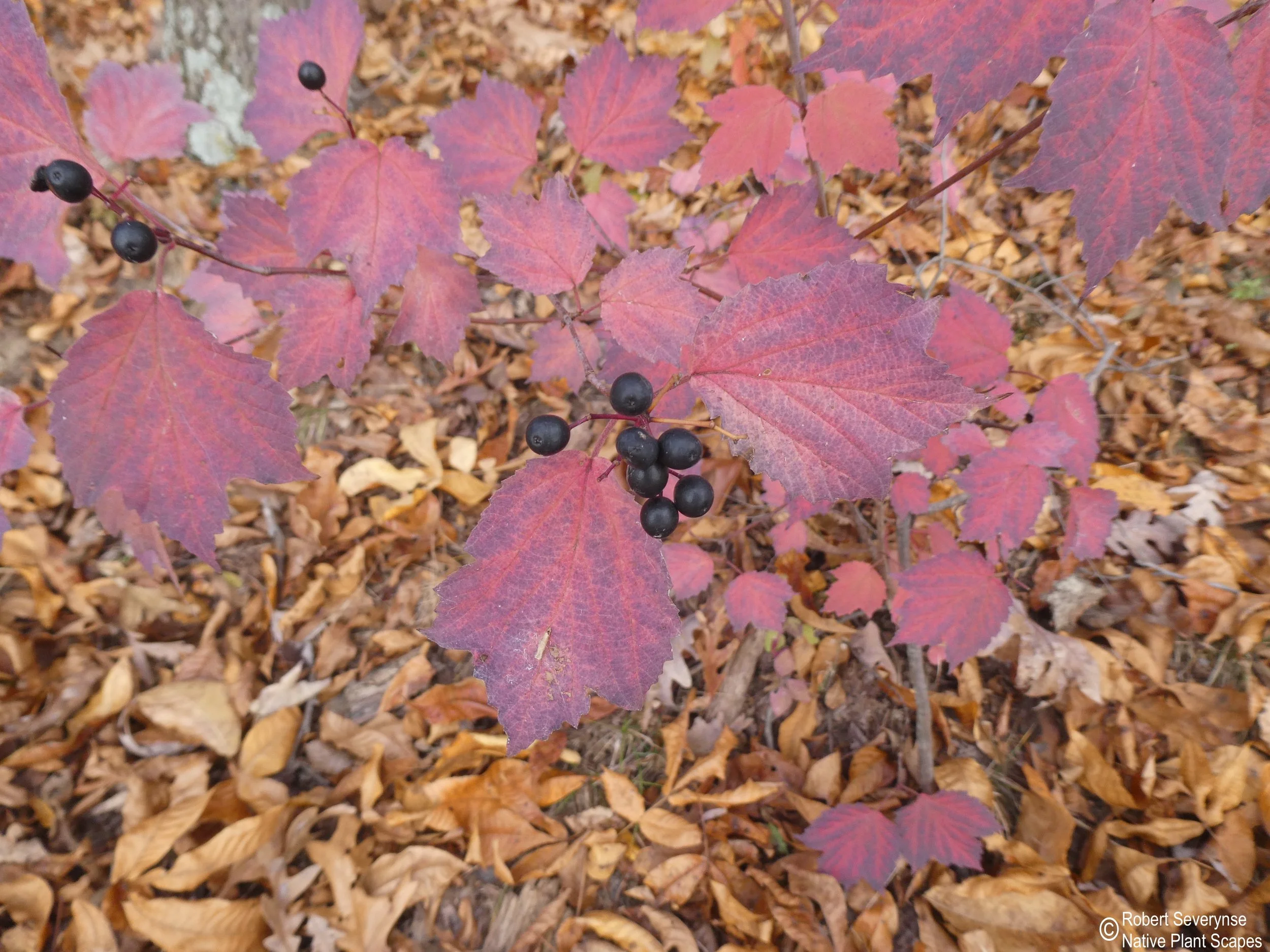
Other Information
Physical Characteristics
Type: Shrub
Height: 4 - 6 ft
Spread: 3 - 4 ft
Flower Color: White / Cream
Flower Time: Late Spring (May - Jun)
Fruit Type: Drupe (Berry)
Fruit Color: Dark Blue / Black
Autumn Color: Red / Purple / Burgundy
Sun Conditions: Part Shade (Tolerates Full Sun)
Shade Tolerance: High
Moisture Preference: Medium
Deer Resistance*: Medium
Dog Safe**: Yes
Conservation Status (MD): SNR - Unranked
Other Names:
*Deer resistance can vary based on many factors
**Always consult with a veterinarian about plants toxic to dogs and other animals
Wildlife Benefits:
Mapleleaf Viburnum berries are eaten by a variety of wildlife including 35+ species of birds and several mammal species. The flowers are a pollen and nectar source for many pollinating insects, including bees and butterflies. It is a larval host for the Spring Azure butterfly as well as several other species of caterpillars. Mature shrubs provide cover and nesting sites for many birds and small mammals.

